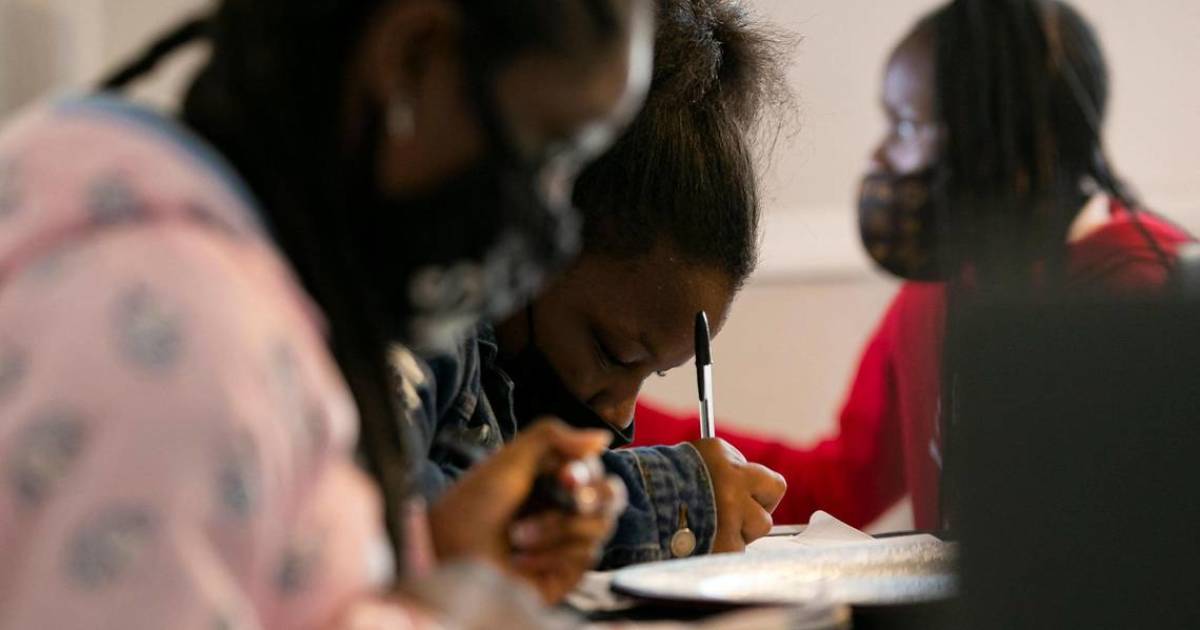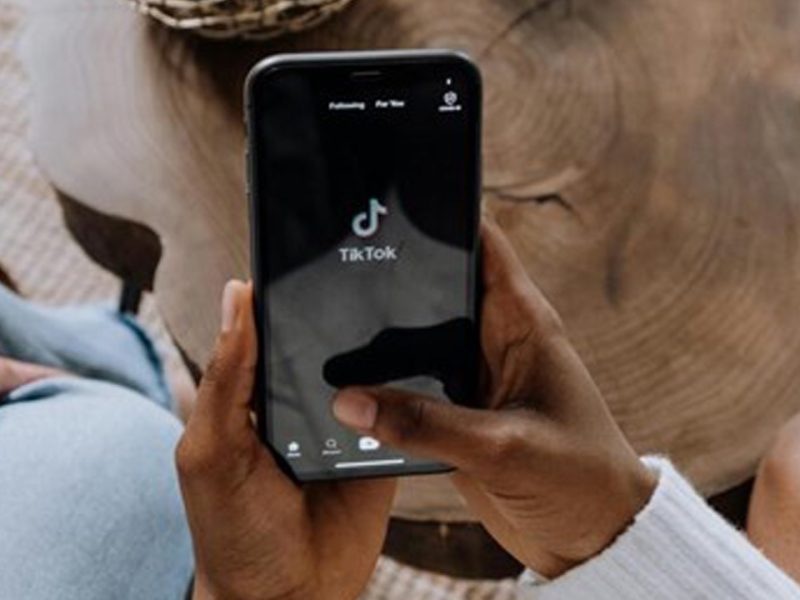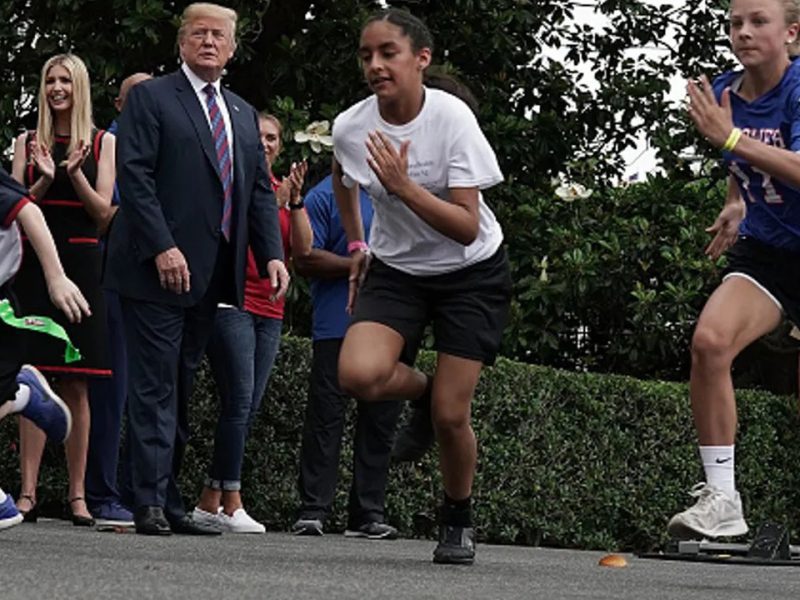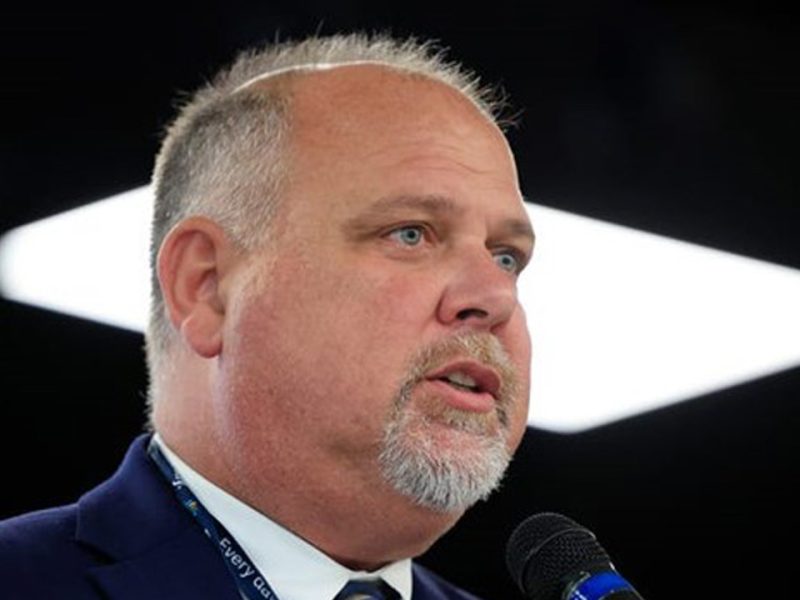Virtual College Fairs, Online Coaches: Florida Educators Think These Pandemic Innovations Should Remain
WLRN | By Jessica Bakeman | June 22, 2021
A new report from a statewide organization of education foundations cites some ideas pioneered by South Florida school districts.
Students, parents and teachers are breathing a sigh of relief and saying goodbye to what we all hope will be the last school year disrupted by COVID-19. Educators are also regrouping — and trying to figure out which innovations from the pandemic should stick around.
The Consortium of Florida Education Foundations, a statewide organization supporting nonprofits that raise money for public schools, gathered suggestions from educators about what has worked well enough during the pandemic to continue into the future.
The result is a recent report highlighting 10 pandemic takeaways for schools, including some ideas pioneered by South Florida districts.
WLRN recently spoke with the group’s CEO Mary Chance.
The following is an excerpt from that conversation. It has been edited for length and clarity.
WLRN: One of the success stories of the pandemic was a partnership with the Broward, Miami-Dade and Palm Beach school districts. Together, they organized a week of virtual open house and college admissions events promoting historically Black colleges and universities. And now the organizers want to continue that for future years. What about that particular effort worked so well?
CHANCE:If you’d been doing college nights or FAFSA [financial aid form] completion nights a certain way for 30 years, shifting on a dime and taking it virtual was a lot to think about. What I appreciated about that example is that Broward’s college and career resource team reached out to their colleagues around the state and, I think, even the nation, and said, “Hey, how are you handling this? Obviously, we can’t get on a bus and go drive to colleges, as we’ve done.”
Another colleague spoke up and said, “Well, I think I could add to that with college application help, and how about if we put financial aid help on the end of it?” And then together, they pieced together a series that wasn’t on anybody’s back to pull off alone.
It sounds like the takeaway there is, it’s not just about digital opportunities to increase accessibility, but school districts realizing, “Oh, we should have just been working together on this thing from the beginning.” And it makes more sense to be able to work together when it’s a digital meeting space versus a physical meeting space in a specific district.
They are now asking themselves, what could we accomplish if we don’t have to worry about the pizza and the parking?
What I think some people were surprised with was the level of engagement with kids and families was actually deeper in some of these forums, because families could ask questions in a chat room or in a breakout session that were specific to their interests that they may not if they were walking past a booth in a gym or raising their hand in a forum with several hundred people.
So, in your report, you write about how school districts and others mobilized overnight to provide devices like laptops and tablets to students when school buildings closed down. But that challenge turned out to be the easiest to tackle the digital divide.
So initially it was a lot about sourcing devices, raising money. It did shift from devices to connectivity — so, creative ways to get hot spots out to maybe highly mobile students or homeless students. And then the third piece of what we’re sort of learning is a three-legged stool is digital skills and literacy and support.
The school districts you’ve worked with have found that families have a wide variety of experience levels like working with … is it the computers? Is it the software programs? Is it a language barrier?
I think it’s all of the above, plus navigating platforms. If, let’s say, kids were learning in a hybrid or virtual [format], each teacher’s platform could look different for a family trying to navigate that with multiple kids.
So where we’ve had an education foundation get most deeply involved there — it’s the example of the Hillsborough Education Foundation. They moved pretty quickly. Back in November and December, they received funding and hired these five e-learning coaches. So they’re receiving referrals individually from schools where families are just frustrated or struggling, and then they’re engaging with them one-on-one and following up.
What could we accomplish if we don’t have to worry about the pizza and the parking?
Mary Chance, CEO Consortium of Florida Education Foundations
Hillsborough is the school district that includes Tampa. Is that school district planning to continue those e-learning coaches for the future?
So it’s the education foundation aligned with their school district, and yes, they are continuing that as a priority.
As kids have returned to the classroom and continue to be in the classroom, what we’re seeing is some changed expectations about how families can engage. Regardless of how your child is experiencing school — how you communicate with the school, how you stay informed, how you access information about your child’s progress is increasingly online, and educators expect it to stay online.
Plus, the homework gap existed before COVID and continues. Kids need to have the ability to learn effectively from home and do their homework and access resources.
Image: Three Miami-Dade County seventh graders study together after school earlier this year. School is now out throughout South Florida, and teachers and students alike are looking forward to something like a return to normal when schools reopen in the fall. Matias J. Ocner |Miami Herald






